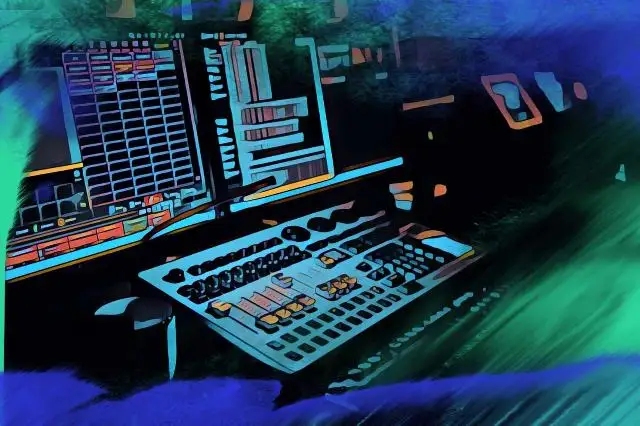Phonk. It’s one of the fastest growing music genres in the world today. Embraced by online communities and creators alike, phonk has grown from a tiny niche in the underground music scene to a genre in its own right, complete with its own set of sub-genres.
If this is all news to you and have the urge to play catch up, you’ve come to the right place. We’re about to take a dive deep into phonk music. First up, what exactly is it?
What Is Phonk Music?
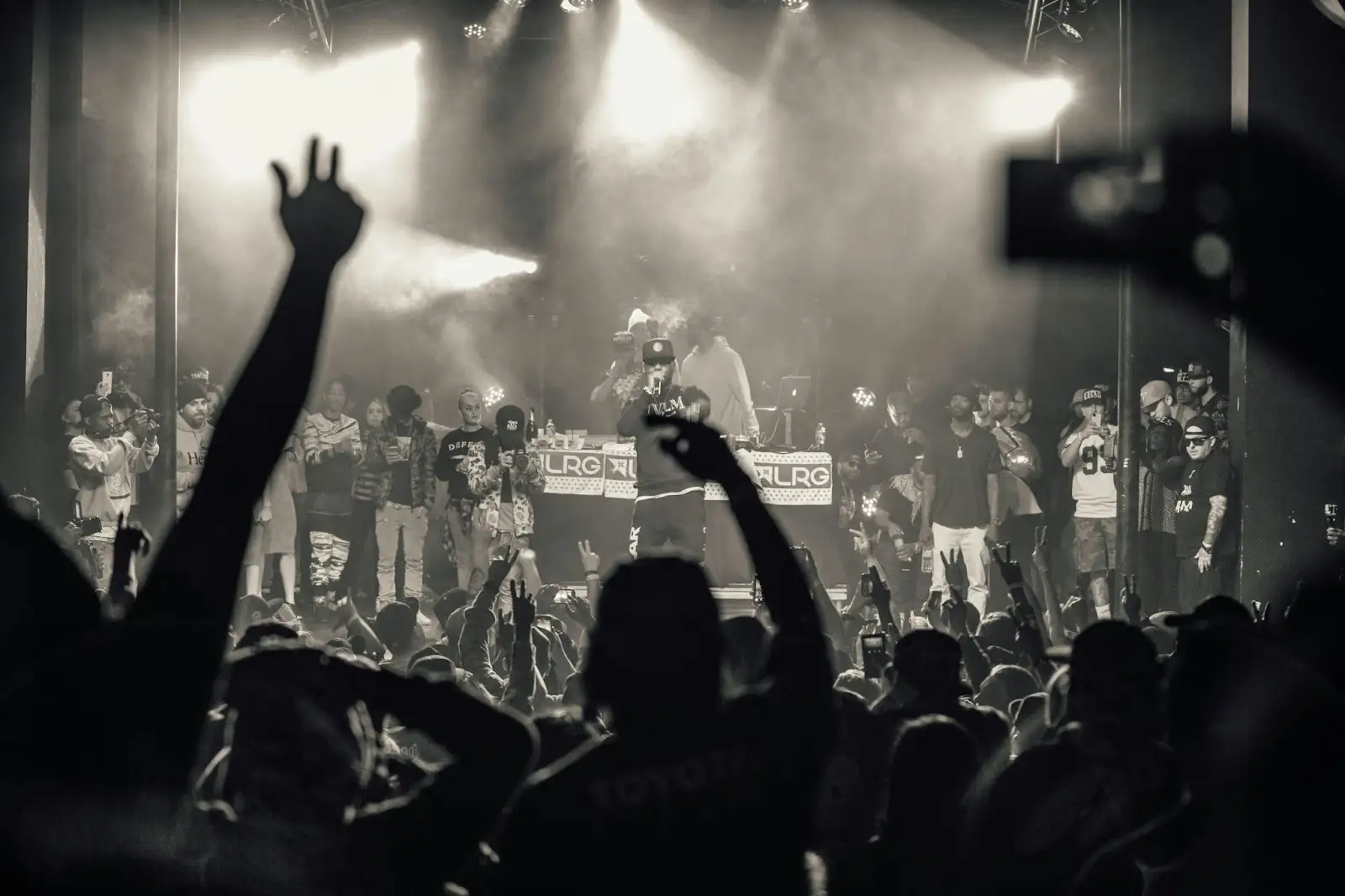
It's always a tricky thing to define a particular genre of music. Producers will take a little from column A and a little from column B. Artists will have many influences, and embrace these disparate elements to shape their own sound. Lines get blurred - as they should do.
But if you're trying to work out if something is phonk or not, here's some defining characteristics:
Sampling
One aspect heavily present in phonk, and its many mutations, is the heavy use of samples.
Often drawing heavily on 90s hip hop, funk, soul, and R&B, these samples are slowed down, cut up and rearranged - a process referred to as 'chopped and screwed' in phonk circles. The term itself is a nod to the genre's roots in early hip hop music, where DJs would work with vinyl, slowing it down, and chopping and cutting the original track.
Tempo
Phonk (in it's original form, at least) has a distinctive tempo range of around 60-70 BPM.
Drums
Drum patterns in phonk music are all programmed (or sampled), and are heavily influenced by trap music. Listen out for hard hitting kicks, and fast hi hats.
Sound
Another element you'll find in phonk tracks is a distinctive lo-fi sound. Whether artificially created with a plug-in, or the direct result of using highly manipulated samples from old source material (be careful with copyright if you're trying this at home!), this helps give phonk its distinctive, gritty sound.
Lyrics
Lyrics in phonk (when there are any) are often dark, and talk about the difficulties of life on the streets.
A Brief History Of Phonk
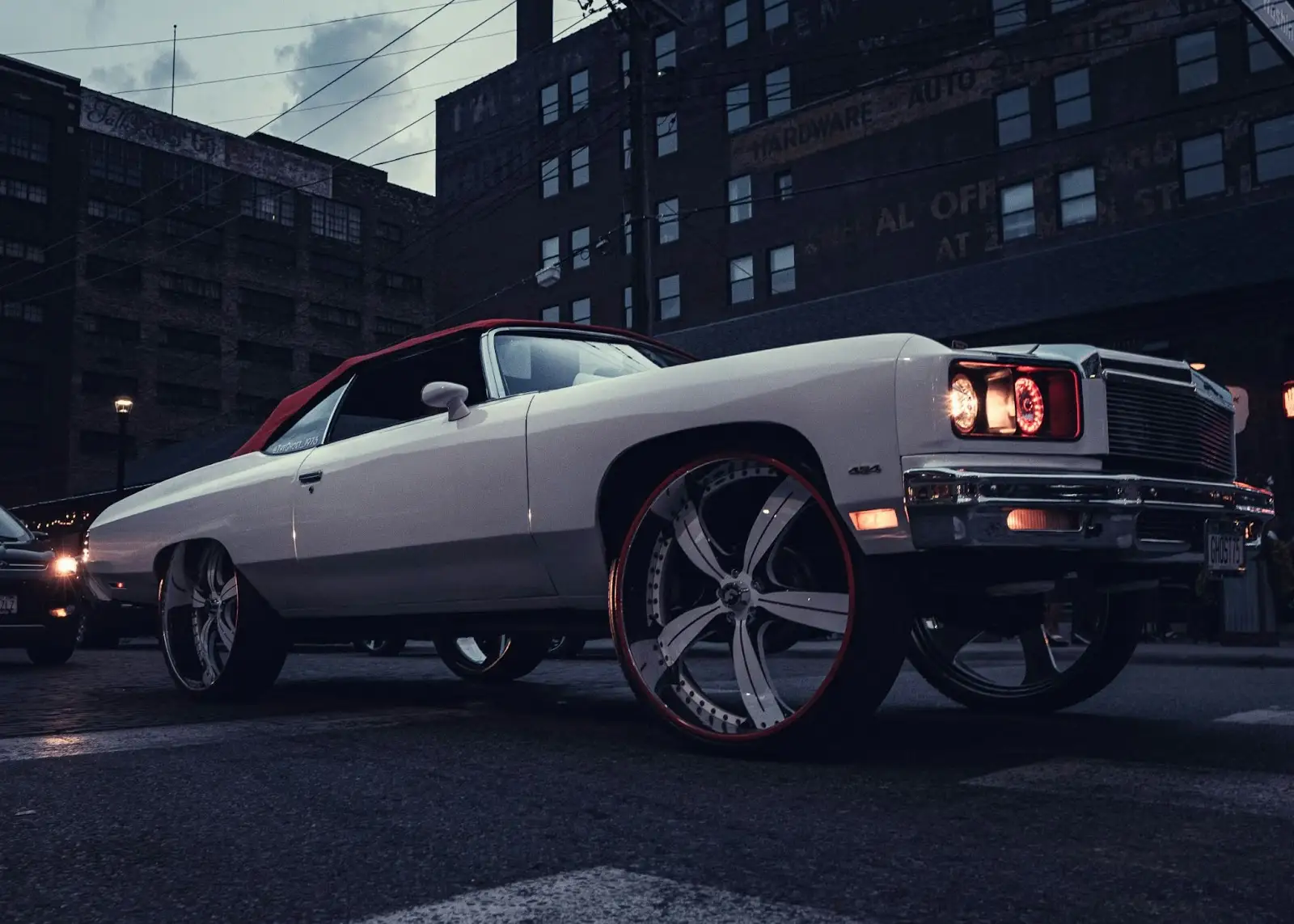
Phonk music first emerged in the mid-1990s, and was heavily influenced by hip hop, trap music, and the Memphis rap scene. Artists like DJ Squeeky and DJ Spanish Fly combined hard hitting beats, heavy basslines, and mashed-up samples to develop the unique sound that became closely associated with the southern United States.
Jump ahead to the early 2010s: music creation software is readily available, and social media platforms are coming into their own. This perfect storm of accessibility and global reach allowed phonk music to re-emerge and become popular with a wider audience.
At the head of this resurgence were phonk producers like DJ Yung Vamp and DJ Smokey. Its unique style incorporated elements of horrorcore by using eerie samples, and added a twist to the Memphis rap sound by adding trap-style drums.
Where Did the Term 'Phonk' Come From?
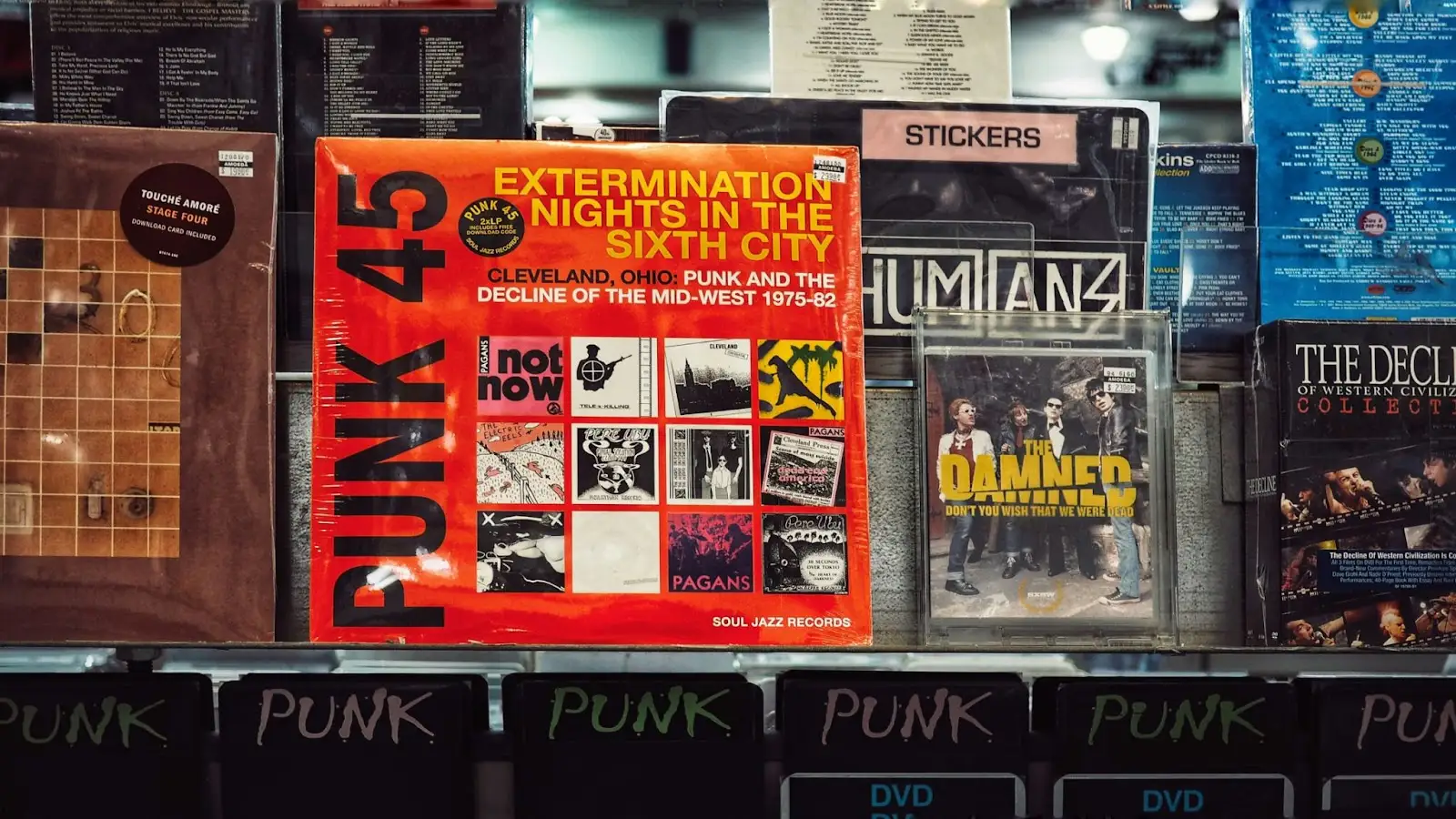
The term phonk became popular thanks to SpaceGhostPurrp, who used it as the backbone for many song and album titles, such as Keep Bringin' tha Phonk , Bringin' tha Phonk , and Pheel tha Phonk . He explained in a 2012 interview that it's simply slang for funk.
Phonk Music Today

Music is constantly evolving (unless you're Nickelback), and phonk music is no different. By the late twenty-teens phonk had migrated away from its original darker sound to mix in more mainstream sounds, such as contemporary vocals and even elements of jazz.
Russia, as it often does, had its own plans.
Drift Phonk

The drift phonk subgenre crept out of Russia towards the end of the 2010s. While it still incorporates elements of early phonk trailblazers like DJ Paul, drift phonk tracks tend to be faster than 'normal' phonk, and rely heavily on the 808 cowbell sound.
Drift phonk music became a huge hit on TikTok, and the distinctive sound is often used on footage that shows weightlifting, street racing, and - you guessed it - drifting.
In fact, drift phonk became so popular that more listeners associate the term phonk with the newer subgenre than the original one.
Other Genres
Drift phonk is, for now at least, the most popular of all phonk genres. But the style is DIY-friendly and artists love to create. This has led to the rise of more and more subgenres of phonk, including:
Phonk House
This sub-genre retains the dark textures and distorted vocals of phonk but, as the name suggests, features house grooves.
Vapor Phonk
Mixing elements of vaporwave and phonk, this style has a distinctive, mesmerizing sound.
Drill Phonk
This subgenre draws on the minimalist beats and dark lyrical content of drill, blending it with the lo-fi, unique sound of phonk.
Notable Artists
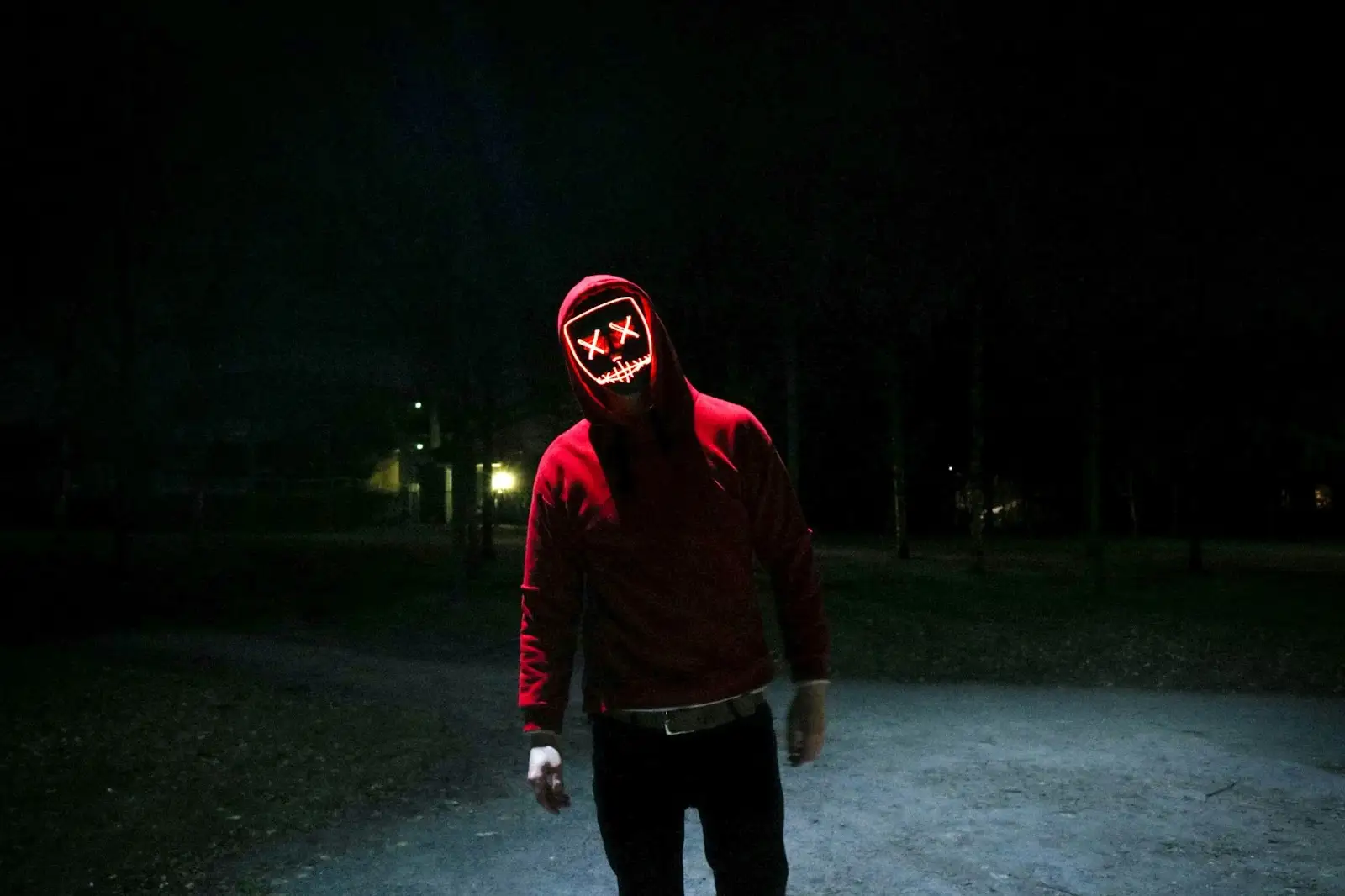
As the genre keeps gaining popularity there are more and more artists producing phonk, and all its sub-genres. Here's some phonk artists we recommend digging into:
Tools for Creating Phonk
If you create your own music and want to produce phonk, here's a suggested list of software that will help you on your way.
DAW
I'd recommend using either Ableton Live or FL Studio. They're both great for this style of music.
Samples
Grab some Memphis Rap vocal samples online.
Also be sure you have a solid set of 808 samples - you'll need that cowbell!
And if you're going for the gritty sound of the genre consider investing in some trap samples.
Plugins
You'll need something to create a hard-hitting bass. I'd recommend Massive X, or for the budget-conscious try Matt Tytel's Helm .
You'll also want a plugin to recreate the LoFi sound . You can try a free one like Sb Audio Retro Boy, or for a small investment pay for one like Baby Audio's Super VHS.
And remember, when you've finished your track give it some finishing polish here at emastered !
Now go forth and maketh the phonk music!


